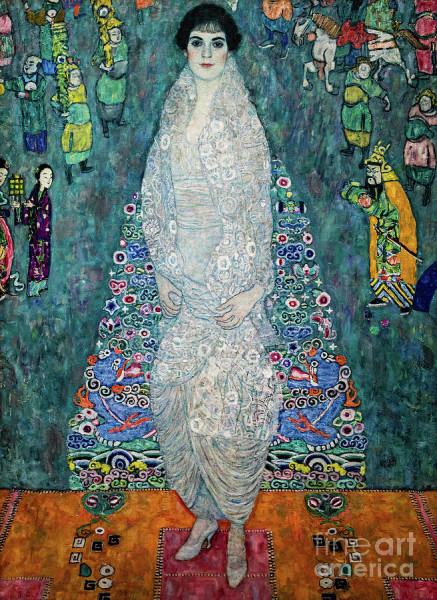Gustav Klimt's Portrait of Elisabeth Lederer is a masterpiece that has captivated art enthusiasts for over a century. Painted between 1914 and 1916, this work is a testament to Klimt's artistic genius and the opulence of Vienna's high society during the early 20th century.
This portrait is not just a piece of art; it is a historical artifact that has endured through tumultuous times. The painting was looted by the Nazis during World War II but miraculously survived a fire that could have destroyed it. This resilience adds to the mystique and value of the artwork, making it one of the most sought-after pieces in the art world.
The Portrait of Elisabeth Lederer was recently sold at Sotheby's for a staggering $236.4 million, making it the second-most valuable work of art ever sold at auction. This record-breaking sale underscores the enduring appeal and significance of Klimt's work, which continues to captivate collectors and art lovers alike.
The painting portrays Elisabeth Lederer, the daughter of Klimt's most important patrons, draped in an imperial Chinese dragon robe—a garment reserved for royalty. This choice of attire symbolizes Elisabeth's status and the power dynamics of the time, adding layers of meaning to the artwork.
Klimt's meticulous attention to detail is evident in every brushstroke. The painting's vibrant colors and intricate patterns create a visual feast that draws the viewer in. Klimt's struggle to complete the work, always wanting to change some detail, is a testament to his perfectionism and dedication to his craft.
The Portrait of Elisabeth Lederer is more than just a beautiful painting; it is a window into the past, offering insights into the lives of the elite and the artistic genius of Gustav Klimt. Its recent sale at Sotheby's for $236.4 million is a testament to its enduring value and significance in the art world.



